Nestled between Lucca and Florence in the heart of Tuscany sits a gem that most travelers overlook. Pistoia, often called “Little Florence,” captivates visitors with its rich artistic heritage and architectural wonders without the overwhelming crowds of its famous neighbor.
This charming Tuscan city packs an impressive concentration of art and architecture into a compact, walkable center that rivals Florence in quality if not quantity.
During my recent visit, I wandered through Pistoia’s medieval streets, amazed that such cultural wealth could remain relatively undiscovered. The city’s vivid cultural life and quiet confidence reminded me why Italy continues to surprise even seasoned travelers. Its beautiful churches, museums, and piazzas offer authentic experiences that bigger tourist destinations sometimes lack.
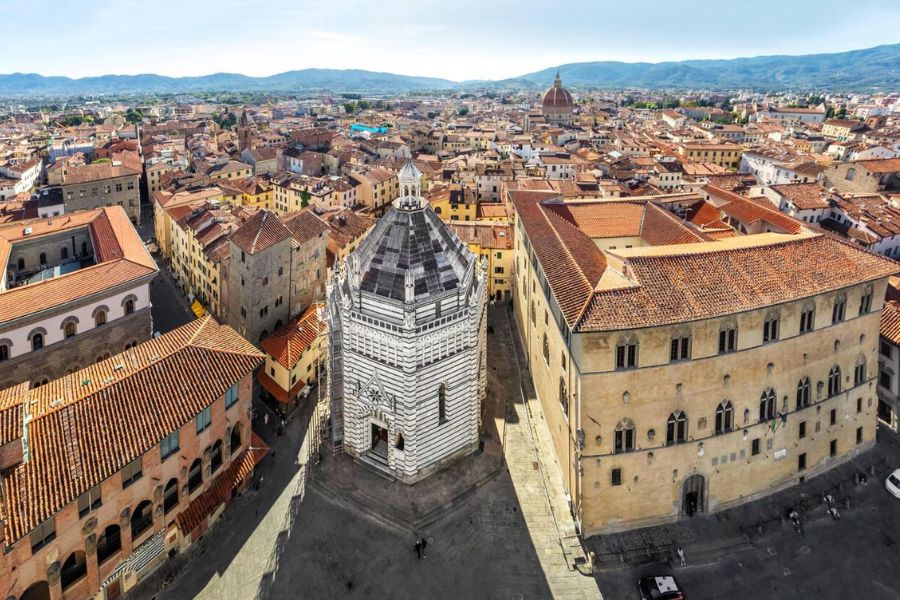
What makes Pistoia truly special is how it pours art into its very soul. As Italy’s Capital of Culture in recent years, this small city proves that incredible artistic treasures don’t always hide in the most obvious places. I found myself stopping constantly to photograph ornate building facades and ducking into churches filled with masterpieces that would draw lines around the block in Florence.
Discovering Pistoia: A Hidden Jewel of Tuscany
Just 30 minutes from Florence lies Pistoia, a compact medieval city that offers visitors a perfect blend of history, art, and architecture without the crowds. This charming Tuscan gem preserves centuries of history within its ancient walls.
Etruscan Roots and Medieval Charm
Pistoia’s story begins with ancient Etruscan settlements, though little remains visible from this era. I love wandering through the remarkably preserved medieval center, where narrow cobblestone streets lead to unexpected piazzas.
The heart of the city is Piazza del Duomo, home to the striking Cathedral of San Zeno with its impressive silver altar.
The octagonal Baptistery stands nearby, built with distinctive alternating bands of white and green marble. This architectural style is quintessentially Tuscan.
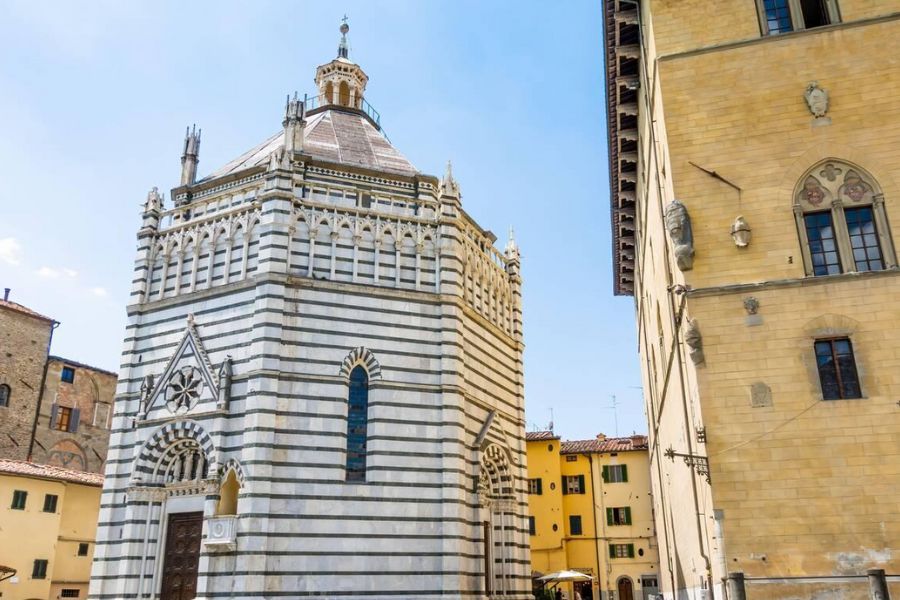
Walking through Pistoia feels like stepping back in time. Local shops and cafés occupy buildings that have stood for centuries, giving the city an authentic feel that larger Tuscan destinations sometimes lose to tourism.
Pistoia under the Medici Influence
The powerful Medici family significantly shaped Pistoia during the Renaissance period. Their patronage brought wealth and artistic development to the city. I’m always impressed by the Ospedale del Ceppo, with its remarkable glazed terracotta frieze by Giovanni della Robbia depicting works of mercy.
The Medici fortress (Fortezza Santa Barbara) stands as a testament to their military might and strategic thinking. Built in 1539, it served both as protection and as a symbol of Medici control over the city.
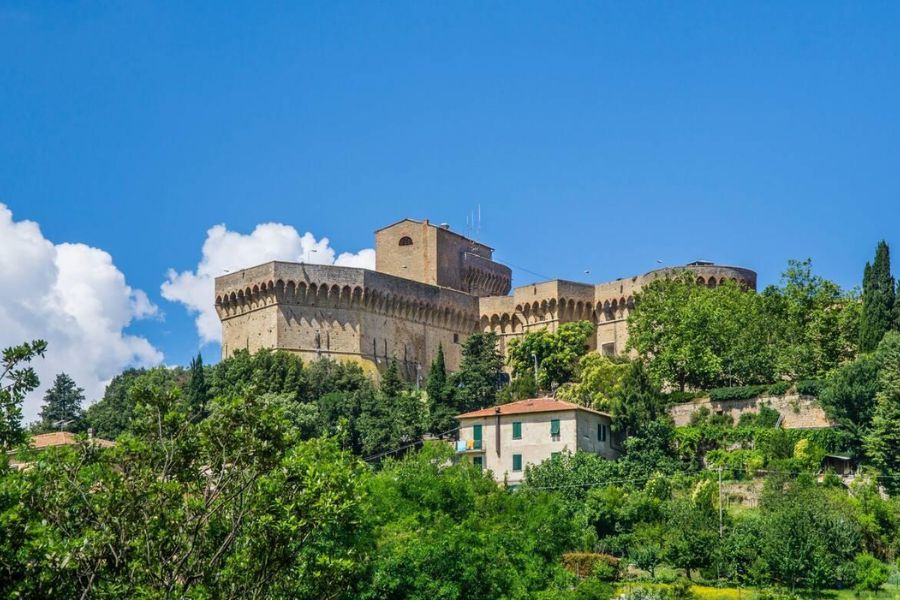
Pistoia’s many palaces showcase Renaissance architectural principles. Palazzo Comunale and Palazzo dei Vescovi both feature elegant proportions and classical details typical of the period. These buildings house impressive art collections that highlight Pistoia’s importance during this cultural flowering.
Grand Tour of Pistoian Art: More Than Just Paintings
Pistoia offers a remarkable collection of artistic treasures beyond traditional canvas works. When I visited this Tuscan gem, I discovered that its art extends into architecture, sculpture, and public installations that bring the city to life.
Sacred Spaces and Religious Artifacts
The Cathedral of San Zeno houses some of Pistoia’s most impressive religious art. I was stunned by Andrea della Robbia’s glazed terracotta works, with their distinctive blue and white colors that seem to glow from within. The silver altar in the Cathedral’s Chapel of St. James is a masterpiece I couldn’t stop photographing – it’s been crafted by generations of silversmiths since the 14th century.
Walking through the Baptistery, I noticed how the Renaissance influence shaped this octagonal building. Its pulpit, created by Giovanni Pisano, tells biblical stories through intricate stone carvings that bring scripture to life.
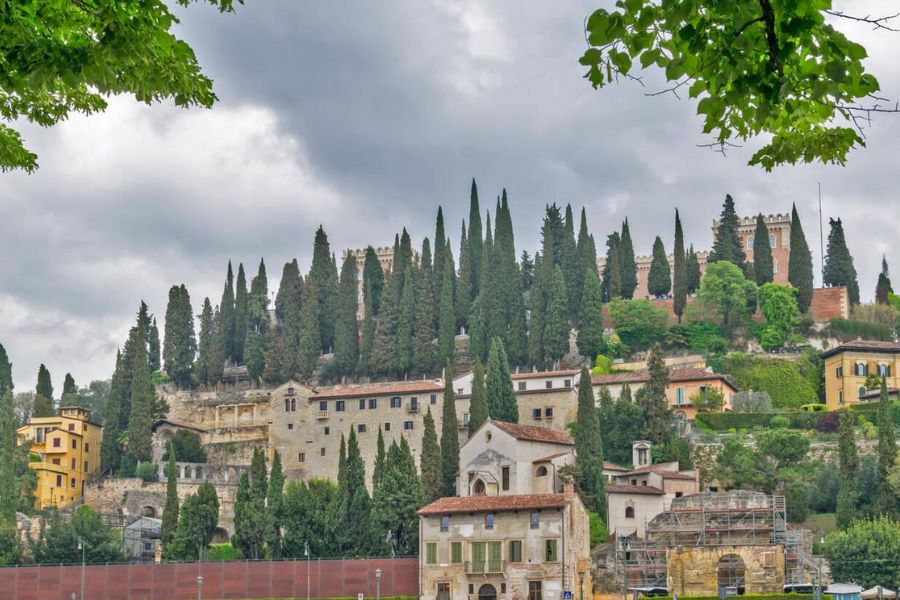
The Church of Sant’Andrea contains another artistic treasure – Giovanni Pisano’s marble pulpit from 1301. It’s considered one of his finest works, with dramatic biblical scenes carved with remarkable detail.
Public Squares and Civic Masterpieces
Pistoia’s main square, Piazza del Duomo, is an open-air museum I could spend hours exploring. The 14th-century Palazzo Pretorio features a façade decorated with colorful coats of arms – each one tells a story about the city’s past rulers.
I found the Ospedale del Ceppo particularly fascinating with its glazed terracotta frieze by Giovanni della Robbia. This colorful band shows the Seven Works of Mercy and represents Renaissance public art at its finest.
Pistoia’s public fountains caught my eye too. The Fountain of the Dolphin in Piazza della Sala dates back to the 13th century. It’s surrounded by medieval buildings that create a perfect backdrop for this charming water feature.
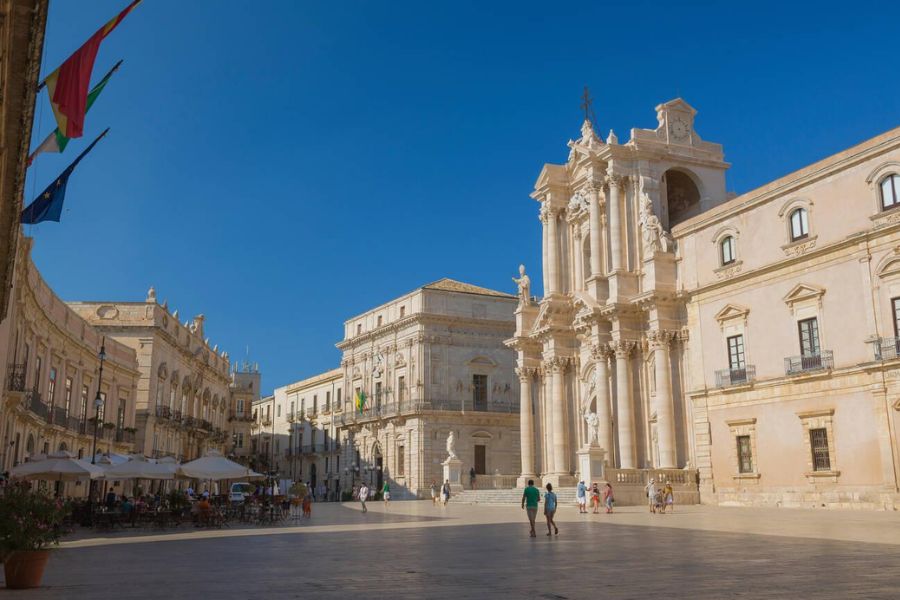
Don’t miss the bronze statues scattered throughout the city. My favorite is the modern sculpture in Piazza dello Spirito Santo – it shows how Pistoia continues to embrace artistic innovation while honoring its Renaissance heritage.
The Architectural Tapestry of Pistoia
Pistoia’s architectural heritage creates a fascinating urban fabric that has remained remarkably intact since the 14th century. Walking through this “Florence in miniature,” I’m always struck by how the city packs so much artistic and architectural significance into such a compact space.
From Romanesque to Renaissance: A Structural Evolution
The architectural evolution of Pistoia tells a compelling story across centuries. I’ve noticed that unlike its larger Tuscan neighbors, Pistoia preserves its medieval street plan nearly unchanged since the 1300s. The city center radiates from the main square with narrow lanes that suddenly open to reveal architectural gems.
I’ve also seen how Pistoia’s sturdy stone structures with rounded arches show Romanesque influences. As you wander through the historic center, you’ll see how these earlier styles gradually gave way to more elegant Renaissance proportions.

What fascinates me most is how Pistoia adopted Renaissance innovations while maintaining its unique character. Unlike Siena’s dramatic architectural statements, Pistoia’s approach feels more subtle and integrated.
Signature Edifices: Pistoian Marks of Distinction
The heart of Pistoia’s architectural identity lies in its magnificent Piazza del Duomo. This communal space emerged in the 14th century and has preserved its fundamental structure ever since. I love spending mornings here watching the changing light on the cathedral façade.
The city boasts several standout buildings that showcase its architectural significance:
- Cathedral of San Zeno: With its striking Romanesque façade and Renaissance interior
- Baptistery: An octagonal structure with distinctive black and white marble stripes
- Palazzo Comunale: The town hall reflecting civic pride through architectural grandeur
Many visitors overlook the “millefiori tapestry” effect created by Pistoia’s buildings. This term perfectly captures how individual architectural elements come together to form a harmonious whole.
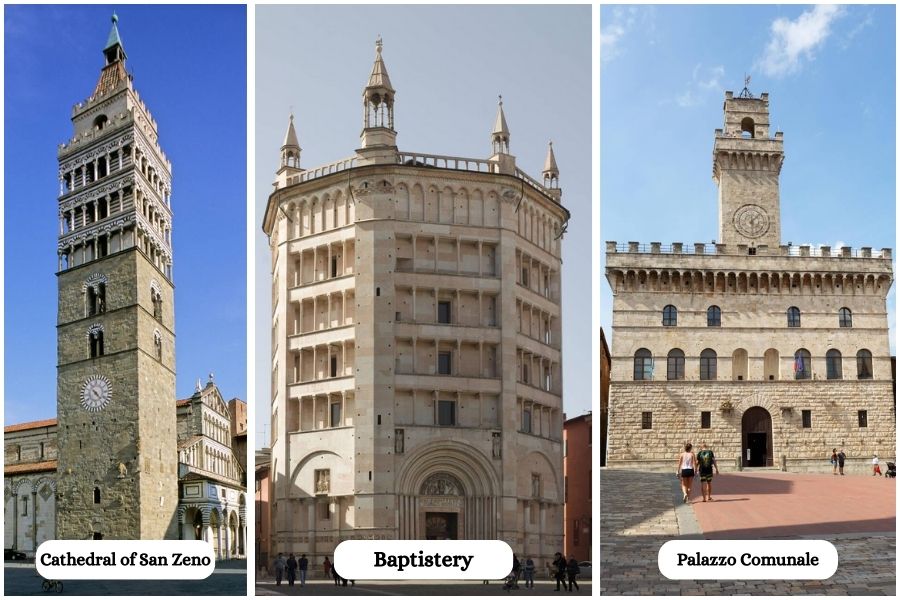
The city offers pure architectural delight just a short distance from Florence, but without the overwhelming crowds. I find this makes it easier to appreciate the subtle details of each building.
Culinary and Viticultural Delights in Tuscany’s Pistoia
Pistoia offers a feast for the senses beyond its architectural treasures. The local gastronomy and wine culture provide visitors with authentic Tuscan experiences that remain wonderfully untouched by mass tourism.
The Flavors of Pistoia: A Journey Through Taste
Walking through Pistoia’s markets, I discovered the heart of local cuisine. Fresh produce from surrounding farmlands fills the stalls, with vendors proudly displaying their seasonal harvests.
The city’s culinary tradition relies on simple ingredients transformed into extraordinary dishes. I loved the local specialty, “carcerato” soup, which originated in the city’s prisons centuries ago but is now a delicacy.
Small family-run trattorias serve regional dishes like pappardelle with wild boar sauce and the delicious “brigidini” – anise-flavored wafer cookies unique to Pistoia. These treats are often sold at local festivals.
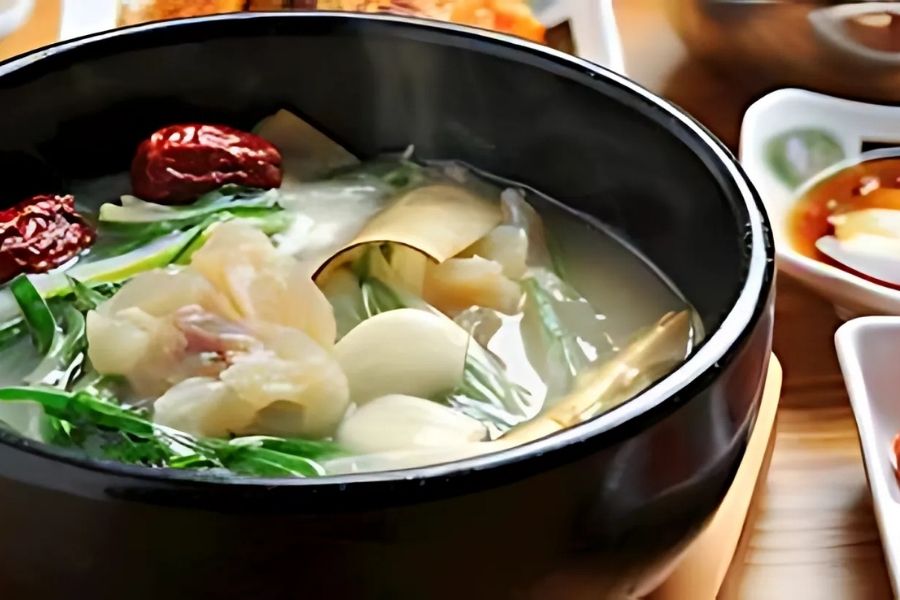
Pistoia embraces biodiversity in its farming practices too. Many restaurants source ingredients from nearby fattorie (farms) that raise diverse livestock and grow various crops.
Chianti and Beyond: A Vineyard Experience
The rolling hills surrounding Pistoia host vineyards producing exceptional wines often overshadowed by their famous Chianti neighbors. I spent a magical afternoon touring a family vineyard just outside the city.
Wine culture here feels intimate and accessible. Unlike larger wine regions, tastings in Pistoia often include meeting the winemakers who eagerly share their passion and knowledge.
The area produces excellent Chianti DOCG wines, characterized by their ruby color and notes of cherry and violet. But don’t miss the lesser-known local varieties like Carmignano, one of Italy’s oldest recognized wine regions.
Many vineyards offer combined experiences – I joined a golf and wine tour that paired morning rounds on stunning courses with afternoon tastings of regional specialties.
Exploring the Wider Province: Journey Beyond the City
While Pistoia charms with its medieval streets and artistic treasures, the surrounding Tuscan countryside offers equally rewarding experiences for travelers seeking authentic Italian culture beyond tourist hotspots.
The Allure of Lazio: A Stone’s Throw Away
I discovered that Lazio region sits just a few hours from Pistoia, offering a completely different flavor of Italian culture. The rolling hills give way to a landscape dotted with ancient ruins and vineyards that produce some of Italy’s most underrated wines.
When I visited last spring, I found the thermal baths in northern Lazio particularly rejuvenating. Many locals recommended them as a perfect day trip from Tuscany.
The medieval villages here feel less touristy than their Tuscan counterparts. My favorite was Civita di Bagnoregio, dramatically perched on eroding volcanic rock and accessible only by footbridge. The views across the valleys are simply breathtaking.
Sister Cities: Fiesole, Pienza, and Arezzo
Fiesole surprised me with its hilltop location just outside Florence. The panoramic views of Florence below make it worth the short bus ride. Its ancient Roman amphitheater still hosts summer concerts under the stars.
Pienza stole my heart immediately. This Renaissance “ideal city” features perfectly preserved 15th-century architecture and produces fantastic pecorino cheese. Walking its main street at sunset, with golden light bathing the stone buildings, remains one of my most cherished memories.
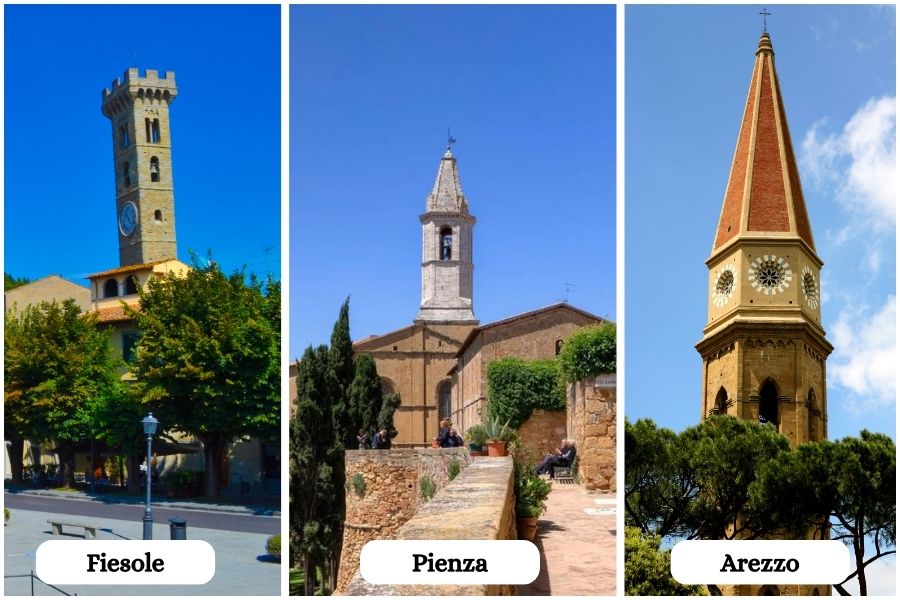
Arezzo offers remarkable frescoes by Piero della Francesca in the Church of San Francesco. The monthly antique market transforms the main square into a treasure hunter’s paradise. I spent hours browsing vintage jewelry and furniture alongside locals doing the same.
Coastal Escapades to Porto Santo Stefano
My journey to Porto Santo Stefano along the Tuscan coast provided a refreshing contrast to inland explorations.
This charming fishing village on Monte Argentario peninsula offers seafood restaurants serving the morning’s catch right along the harbor.
The beaches here are less crowded than other Tuscan coastal spots.
I recommend renting a small boat to discover hidden coves unreachable by land. The crystal-clear waters are perfect for snorkeling.
For accommodation, skip the hotels and try the local guesthouses.
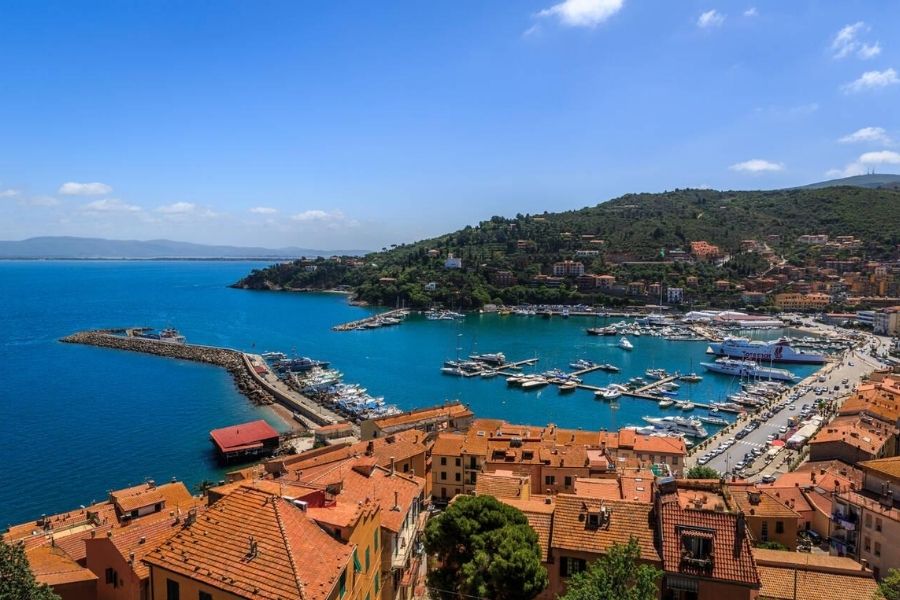
A family-run place I found offered home-cooked breakfast with fresh pastries and spectacular sea views from a terrace draped in bougainvillea.

